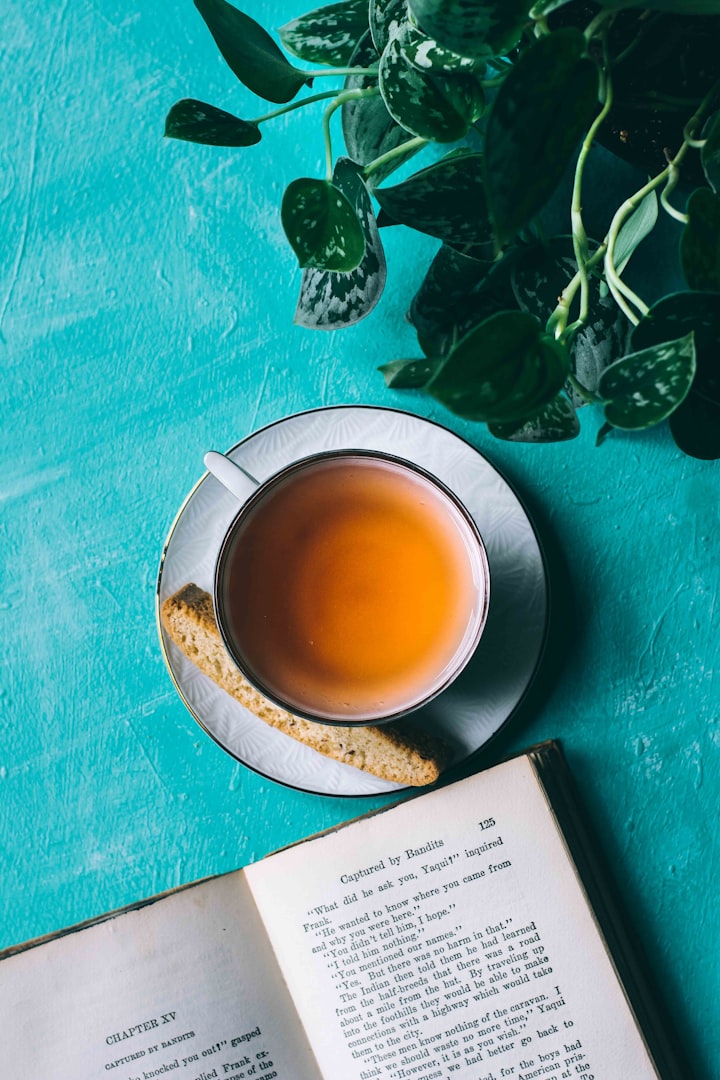Curcumin anti-cancer properties and therapeutic activity
Naturally occurring anti-cancer compounds

Each spice has a special day to it. For turmeric it is Sunday, when light drips fat and butter-colored into the bins to be soaked up glowing, when you pray to the nine planets for love and luck.
By Chitra Banerjee Divakaruni (an Indian-American author, poet and Professor of Writing at the University of Houston)
Curcumin, is a polyphenol compound extracted mainly from the rhizomes of Curcuma longa (or turmeric), Curcuma zedoaria (or white turmeric) and Acorus calamus L. (also called sweet flag, sway or muskrat root), that has many biological activities.
So far, extensive preclinical and clinical studies have shown that curcumin has various pharmacology effects, including anti-cancer, anti-inflammatory and anti-oxidative activities.
Accordingly, curcumin and its analogues are emerging as effective agents for the treatment of several malignant diseases such as cancer (Source Review 2019: "Naturally occurring anti-cancer compounds: shining from Chinese herbal medicine").
In particular, numerous studies have shown so far, that curcumin and its preparations can inhibit tumours in almost all parts of the body, and to exhibit many anti-cancer effects through the:
- inhibition of cell proliferation,
- promotion of cell apoptosis,
- prevention of tumour angiogenesis (Source Via Vocal: "Fighting angiogenesis with natural compounds backed by science") and metastasis,
- and the induction of autophagy.

In particular, curcumin inhibits cell growth, induces cell cycle arrest and apoptosis in esophageal squamous cell carcinoma cells and it also induces oxidative stress (which disrupts the mitochondrial membrane potential and causes the release of cytochrome c) thus inducing apoptosis.
Curcumin inhibits cell invasion in human colorectal cancer, whilst low-toxic level of curcumin efficiently inhibits cell migration and invasion in human non-small cell lung cancer cells, and this effect is also confirmed in non-small cell lung cancer xenograft mice.
By pulmonary administration of curcumin in mice, that over-comes the problem of its low bioavailability, curcumin has been dimonstrated to inhibit lung metastasis of melanoma. T he main target molecules involved include reactive oxygen species (ROS), matrix metalloproteinases (MMPs), nuclear factor kappa-light-chain-enhancer of activated B cells (NF-κB) and cell cycle-related proteins.
Besides, curcumin is shown to induce autophagy, since it inhibits cell growth in human hepatocellular carcinoma cell lines partially through autophagy induction (for more about autophagy source Via Vocal: "Artemisinin a class of remarkable drugs").
Curcumin can ameliorate the Warburg effect

In oncology, the Warburg effect (a hallmark of cancer) is a form of modified cellular metabolism found in cancer cells, which tends to favour a specialised fermentation over the aerobic respiration pathway that the other cells of the body prefer.
In other words, the Warburg Effect is characterised by an increase in the rate of glucose uptake and preferential production of lactate (lactic acid fermentation), even in the presence of oxygen.
Very briefly, in fermentation the last product of glycolysis, pyruvate, is converted into lactate (lactic acid fermentation) or ethanol (alcoholic fermentation), producing adenosine triphosphate (ATP), namely energy, but only in low yield compared to the citric acid cycle and oxidative phosphorylation of aerobic respiration. In any case, the lactic acid fermentation allows proliferating cells to convert nutrients such as glucose and glutamine rapidly and more efficiently into biomass (by avoiding unnecessary catabolic oxidation of such nutrients into carbon dioxide, preserving carbon-carbon bonds and promoting anabolism), process that is also involved in the activation of an oncogene shift in the tumour microenvironment, for hypoxia and acidosis.
For example, due to the Warburg effect, the glucose in dietary carbohydrates can act as a fuel for many tumours and this observation led to carbohydrate restriction-induced glucose deprivation to be the main mechanism by which ketogenic diets slow tumour progression. However, whether the Warburg effect is caused by genetic dysregulation in cancer or is the cause of cancer remains unknown.
Hopefully, curcumin can ameliorate the Warburg effect in human non-small cell lung cancer, breast cancer (Source Via Vocal: "Fighting breast cancer with natural compounds backed by science"), cervical cancer and prostate cancer cell lines through pyruvate kinase M2 down-regulation, a key regulator of Warburg effect.
Curcumin can also exert immunomodulatory effects against cancer cells.
Theracurmin, a highly bioavailable form of curcumin, decreases pro-inflammatory cytokine secretion from activated T cells (a type of lymphocytes and important white blood cell of the immune system that plays a central role in the adaptive immune response), and enhances T cell- induced cytotoxicity in human esophageal adenocarcinoma cells, so it increases the sensitivity of the cells to T cell-induced cytotoxicity.
Curcumin can enhance also the cytotoxicity effect of NK cells (large granular lymphocytes, a type of cytotoxic lymphocyte critical to the innate immune system), cells that can directly kill human breast cancer cell lines when the two are co-cultured.
Moreover, curcumin decreases the interleukin-6 levels (one of the major cytokines in the tumour microenvironment) in the serum of Lewis lung carcinoma-bearing mice and surrounding tumour tissues to impair the growth of a type immune-suppressive cells, which is important for the treatment of lung cancer.
Solubility issues of curcumin
Since curcumin has solubility issues and in order to facilitate its intracellular delivery, different nanoparticles loaded with curcumin have been synthesised so far. Overall, all these nanoparticles have increased water solubility compared to curcumin and increased anti-cancer activities in human breast cancer and non-small cell lung cancer cell lines (i.e. curcumin-PLGA-NP).
Moreover, WZ35 is a curcumin analog, with higher chemical stability and higher efficacy in anti-cancer effects compared to curcumin in human gastric cancer cell lines and human gastric cancer cell lines xenograft mice.
Curcumin and synergistic effects
When, tamoxifen (the oldest of the hormonal therapies, that block the effects of estrogen in the breast tissue) and curcumin were packed into a diblocknanopolymer, the combined treatment with the polymer reduced the toxicity of tamoxifen in normal cells and exhibited better anti-proliferative and pro-apoptotic effects in human breast cancer tamoxifen-sensitive and -resistant cell lines.
Triptolide (a novel natural drug that exhibits cytotoxicity toward both tumour cells and cancer-associated fibroblasts, and modulates immune microenvironment) was also combined with curcumin, and they demonstrated synergistic anti-cancer effects in ovarian cancer and reduced the side effects of triplolide (that has strong liver and kidney toxicities).
Moreover,
- adriamycin (doxorubicin, a chemotherapy agent),
- sildenafil (agent to decrease drug-efflux by cancer cells and increases blood perfusion to lung tissue which can potentially increase the dosage of chemotherapeutic agents delivered to lung cancer cells),
- 5- fluorouracil (sold under the brand name Adrucil among others, is a cytotoxic chemotherapy medication used to treat cancer),
- irinotecan (a topoisomerase inhibitor, sold under the brand name Camptosar, used to treat colon cancer and small cell lung cancer),
- paclitaxel (sold under the brand name Taxol, is a chemotherapy medication used to treat a number of types of cancer),
- temsirolimus (a derivative of sirolimus used in the treatment of renal cell carcinoma) (Source Via Vocal: "Fighting renal cell carcinoma with natural compounds backed by science"),
- sorafenib (a kinase inhibitor drug approved for the treatment of primary kidney cancer, hepatocellular carcinoma and radioactive iodine resistant advanced thyroid carcinoma),
- emodin (an anthraquinone derived from shrubs, herbs, flowering plants, and spices, that exhibits activities against hepatocellular carcinoma, pancreatic cancer, breast cancer, non-small-cell lung cancer, ovarian cancer and prostate cancer), and
- apigenin (a common flavonoid found in a range of plants, including chamomile, with antitumour action against many types of cancer)
have all been shown to have synergistic effects with curcumin.
Similarly, combined treatment with copper supplementation significantly enhanced the anti-tumour effects of curcumin in several oral cancer cells, while combined treatment with epigallocatechin-3-gallic acid ester/EGCG (Source Via Vocal: "Green tea extract EGCG an effective chemopreventive polyphenol") increased the ability of curcumin to inhibit cell growth and induced apoptosis in human uterine leiomyosarcoma cells.
When theracurmin (a novel preparation of turmeric that utilises colloidal dispersion technology to enhance bioavailability and dramatically increase curcumin levels in the blood) was administrated every day with standard gemcitabine- based chemotherapy, in pancreatic and biliary tract cancer patients who failed with standard chemotherapy, no new adverse effects and no increase in the incidence of adverse effects were observed among these patients.
Finally, a combined treatment of docetaxel/prednisone (chemotherapy/corticosteroid) and curcumin (pilot phase II study) demonstrated encouraging results for patients with castration-resistant prostate cancer. In particular, 59% of patients had prostate-specific antigen response and 40% of patients achieved partial response.
Overall, when a systematic review was conducted for detailed analysis of the effects of curcumin in cancer therapy (extracting the findings of the studies selected from articles published in international databases including SID, MagIran, IranMedex, IranDoc, Google Scholar, ScienceDirect, Scopus, PubMed and Web of Science), the results indicated that curcumin
- reduced the side effects of chemotherapy or radiotherapy,
- improved patients’ quality of life,
- increased patient survival time, and
- decreased tumour markers’ level.
Thank you for reading 👓💙
And if you liked this post why not share it?
P.S.
Turmeric tea recipe
For each cup of tea, add a teaspoon of the turmeric powder and pour hot (but not boiling water) into the mug. Then add lemon juice or lime or orange zest or fresh ginger; almond milk or coconut milk or 1 tablespoon of coconut oil; honey, cinnamon and black pepper. Enjoy :-)
“Tea tempers the spirit, harmonises the mind, dispels lassitude, and relieves fatigue, awakens the thought and prevents drowsiness.”
By Lu Yu
Lu Yu or Lu Ji (陆疾), courtesy name Jici (季疵) was a Chinese tea master and writer, respected as the Sage of Tea for his contribution to Chinese tea culture.






Comments
There are no comments for this story
Be the first to respond and start the conversation.